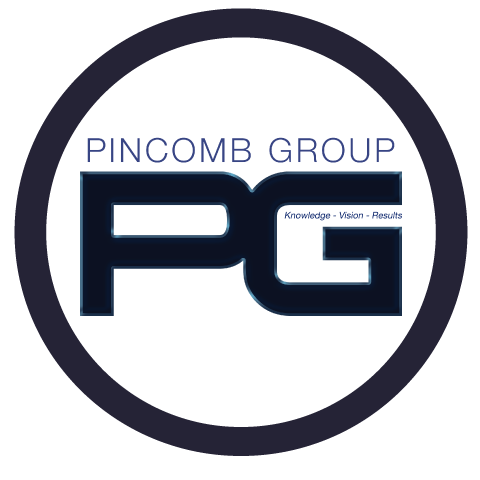 Without a doubt, one of the most talked about topics in the homecare and hospice has been the Face-To-Face encounter. After becoming a required document effective January 1, 2011 it has put a significant amount of pressure on organizations to attain these documents timely and correctly. Without any change in other documentation requirements (i.e. 485s and Orders) additional stress is being placed on the team members who are responsible for curating, delivering, and ultimately receiving these documents. As resources continue to be stretched, many agencies are looking for methods to improve processes around these tasks. Below are 5 actions you can take to improve your results today.
Without a doubt, one of the most talked about topics in the homecare and hospice has been the Face-To-Face encounter. After becoming a required document effective January 1, 2011 it has put a significant amount of pressure on organizations to attain these documents timely and correctly. Without any change in other documentation requirements (i.e. 485s and Orders) additional stress is being placed on the team members who are responsible for curating, delivering, and ultimately receiving these documents. As resources continue to be stretched, many agencies are looking for methods to improve processes around these tasks. Below are 5 actions you can take to improve your results today.
- Simplify the Document: Try not to over complicate the form and be sure the physician knows exactly what areas of the form they need to complete. Highlighting those areas with an asterisks (*) or bolding the text of the areas needing completion is an excellent way to draw attention. Ensure your form has a professional, clean look that includes your agency’s logo.
- Define Processes & Training: Taking time to detail out processes and documenting training are critical to identifying potential areas for improvement.
- Determine KRAs (Key Results Areas): KRAs measure the results which team members are held accountable for. Metrics will allow team members know how well they are performing and also are a great tool for upper management to measure the performance of the business.
- Gather Feedback: What are your team members saying? Why are your documents being rejected? What is the feedback you’re receiving from your doctors? This information can be extremely valuable to better understand what it takes to have these documents completed timely and accurately.
- Utilize Technology: Systems that offer automation of the processing of these documents are valuable tools. They often include reporting of KRAs, tracking of documents, and enable organizations to unify processes easily across multiple locations.
Despite no standard form for the Face-to-Face encounter or explicit guidelines as to how these should be completed from CMS, taking steps to improve your processes around these documents can have a drastic impact on your rejections and bottom line. What tools or processes do you have in place to help ensure timeliness and accuracy of your Face-to-Face encounters?


